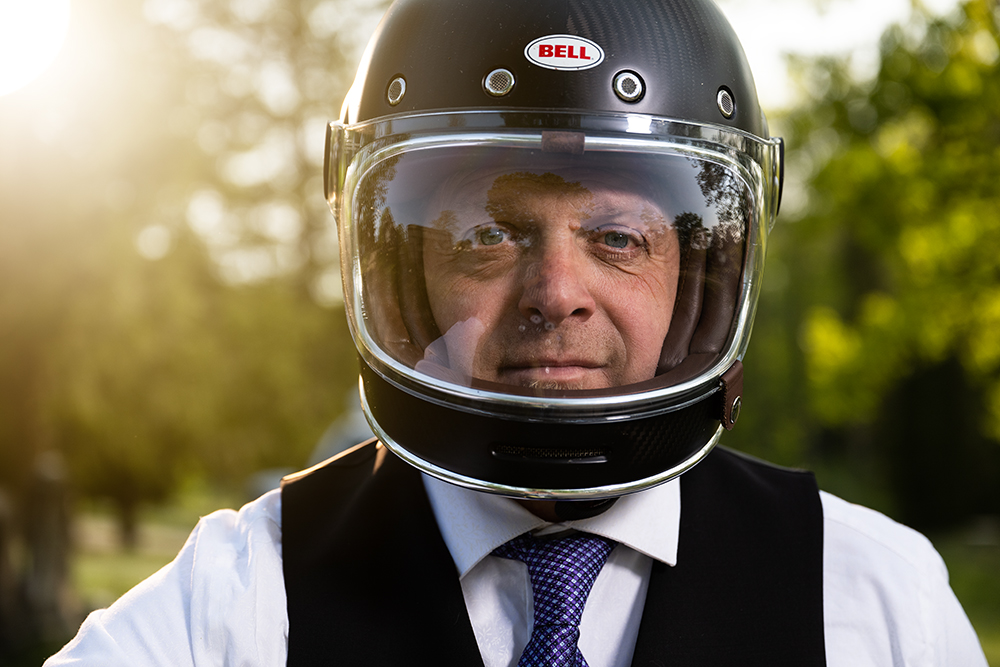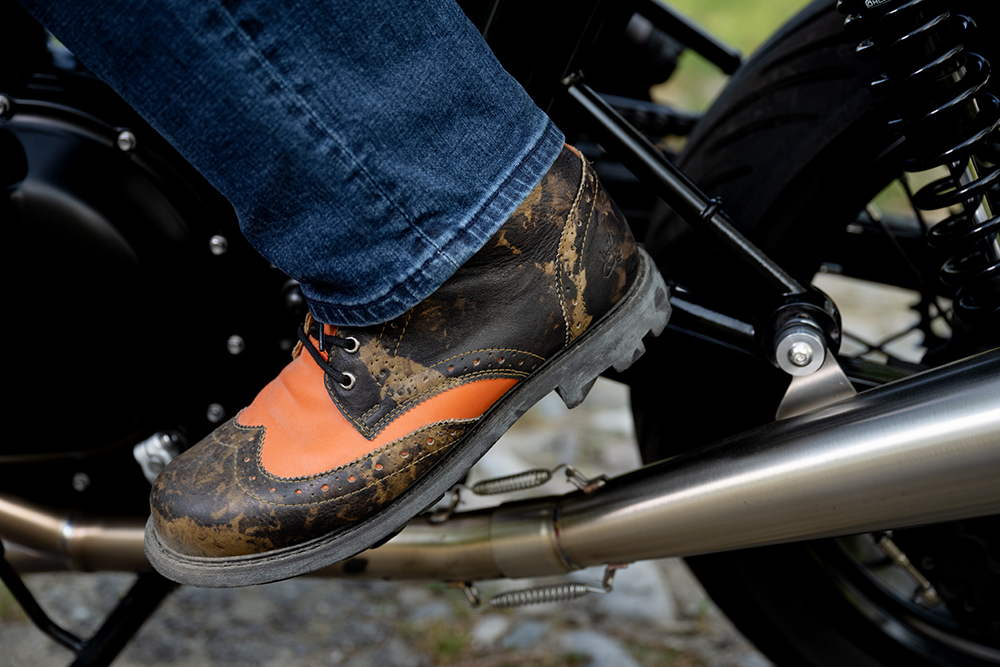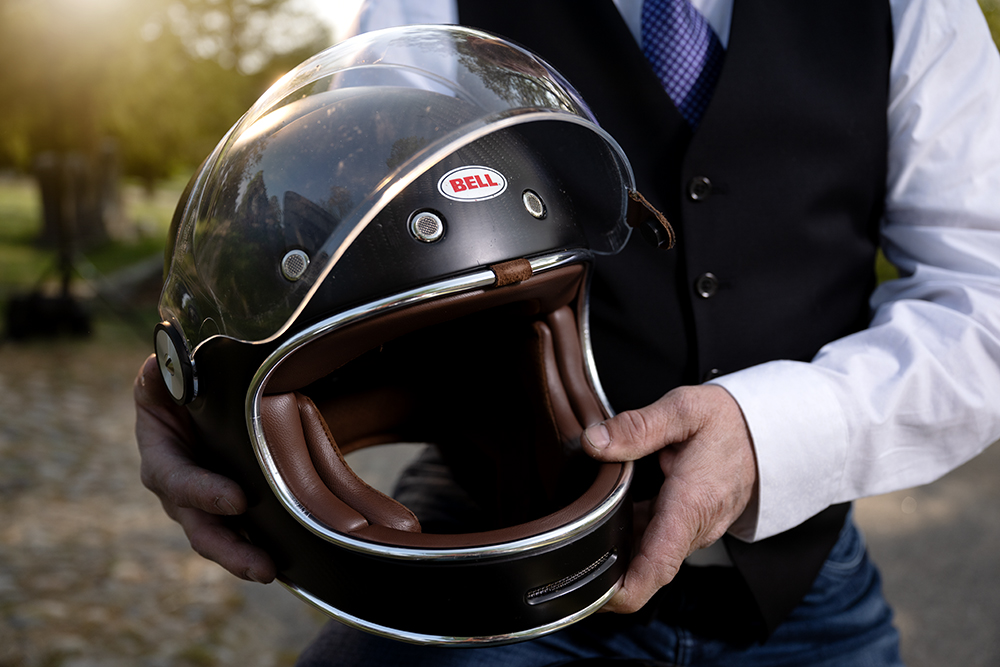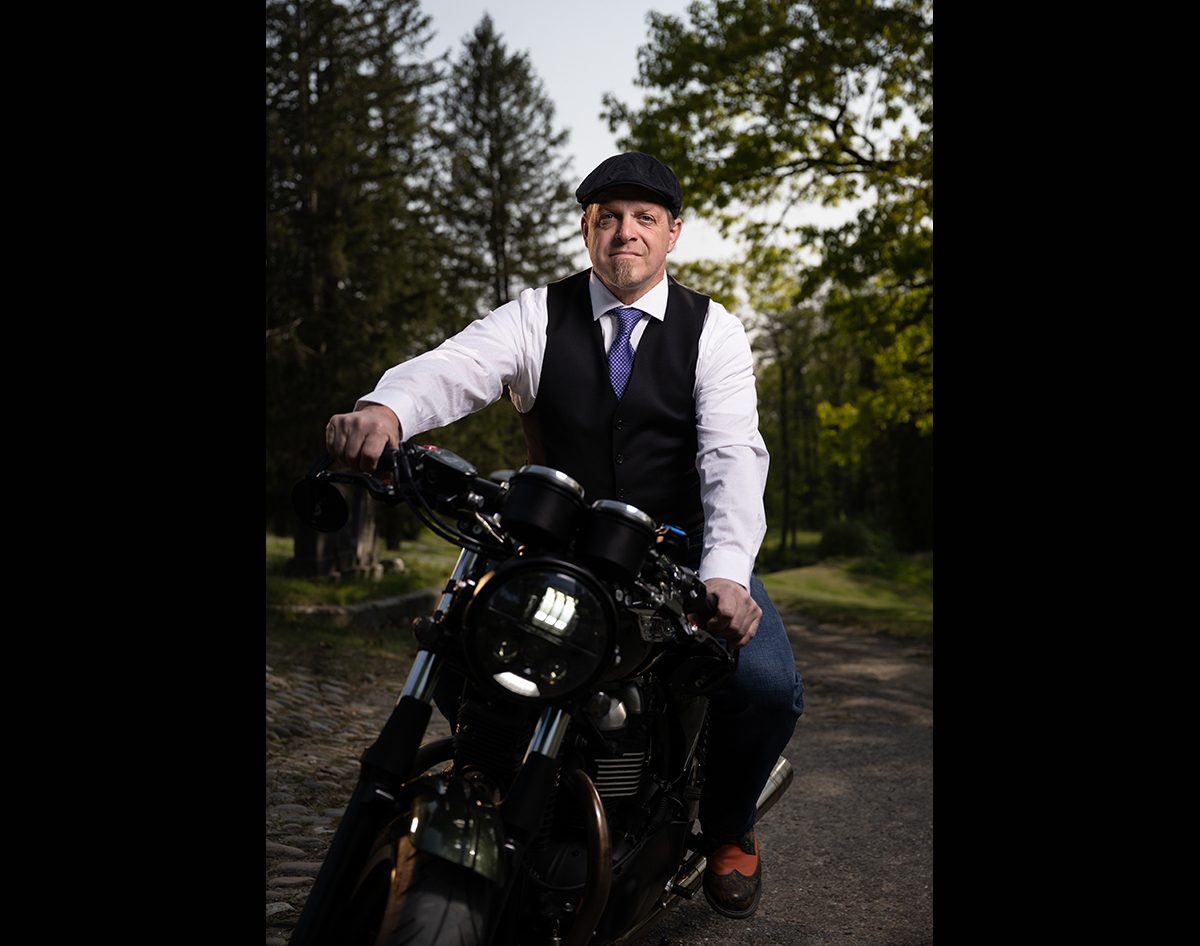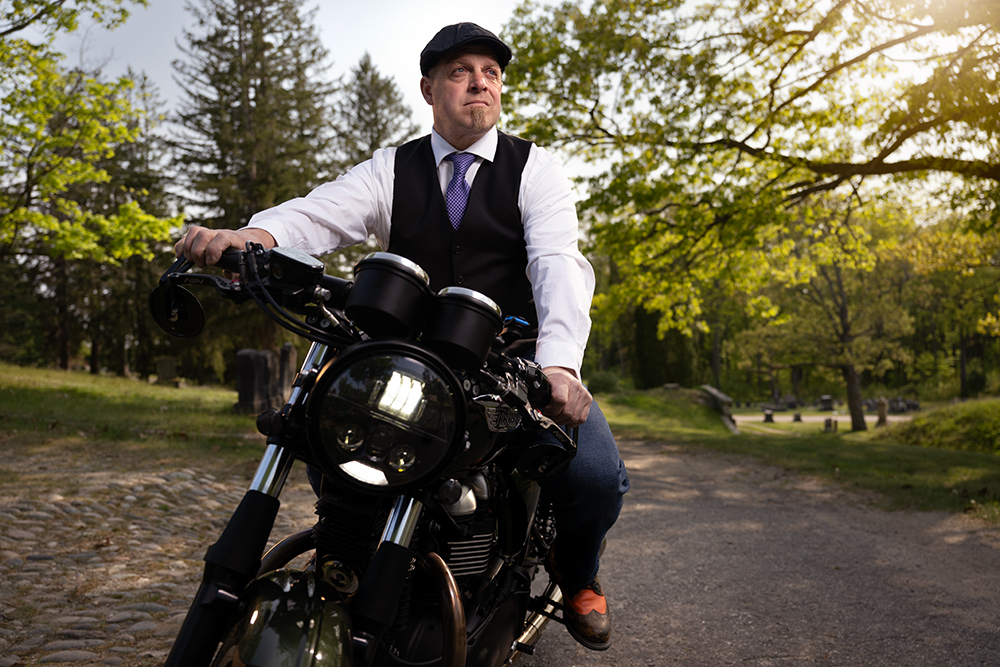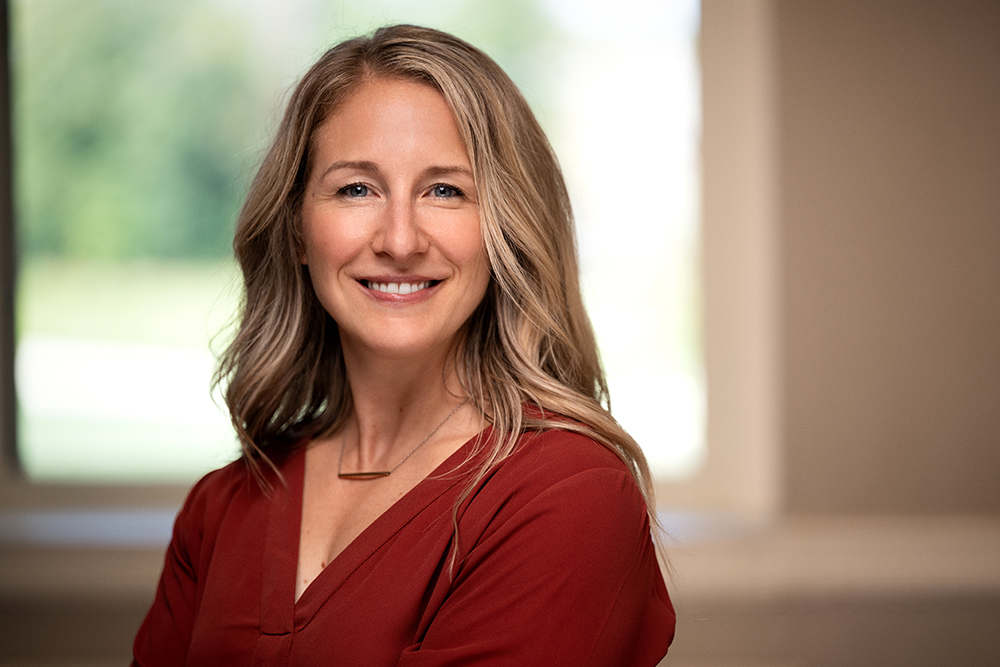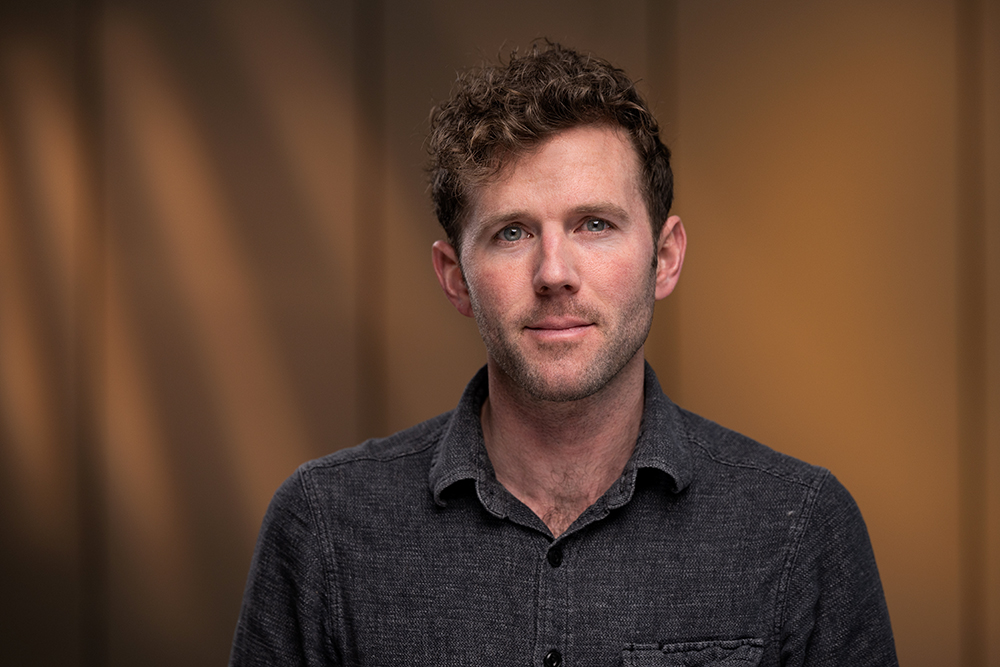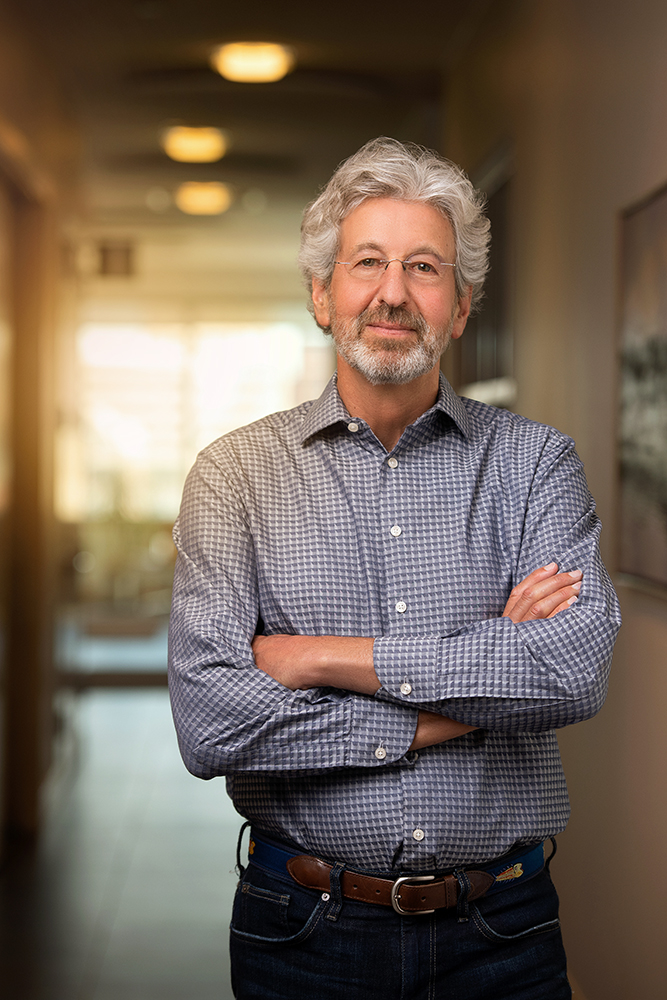The artists and craftsmen who call Maine home share a cultural heritage with those who have gone before them. This link to the past is epitomized by Sam Smith, an aptly-named blacksmith who operates several forges across the state as guildmaster of the Maine Blacksmith’s Guild.
Smith and the guild use and teach 19th-century techniques and practices and have an active apprenticeship program. Smith also teaches and works his trade in Germany and Brazil for months each year.
“Preserving the skill set of working iron by hand and not allowing machines to do the work is my mission,” says Smith.
I spent time with Smith last year as part of a larger project on Maine craftsmen and artists and am happy to be able to show it here. Smith was crafting a Brazilian Churrasco BBQ knife with a handle made from Peroba wood reclaimed from a 120-year-old home.
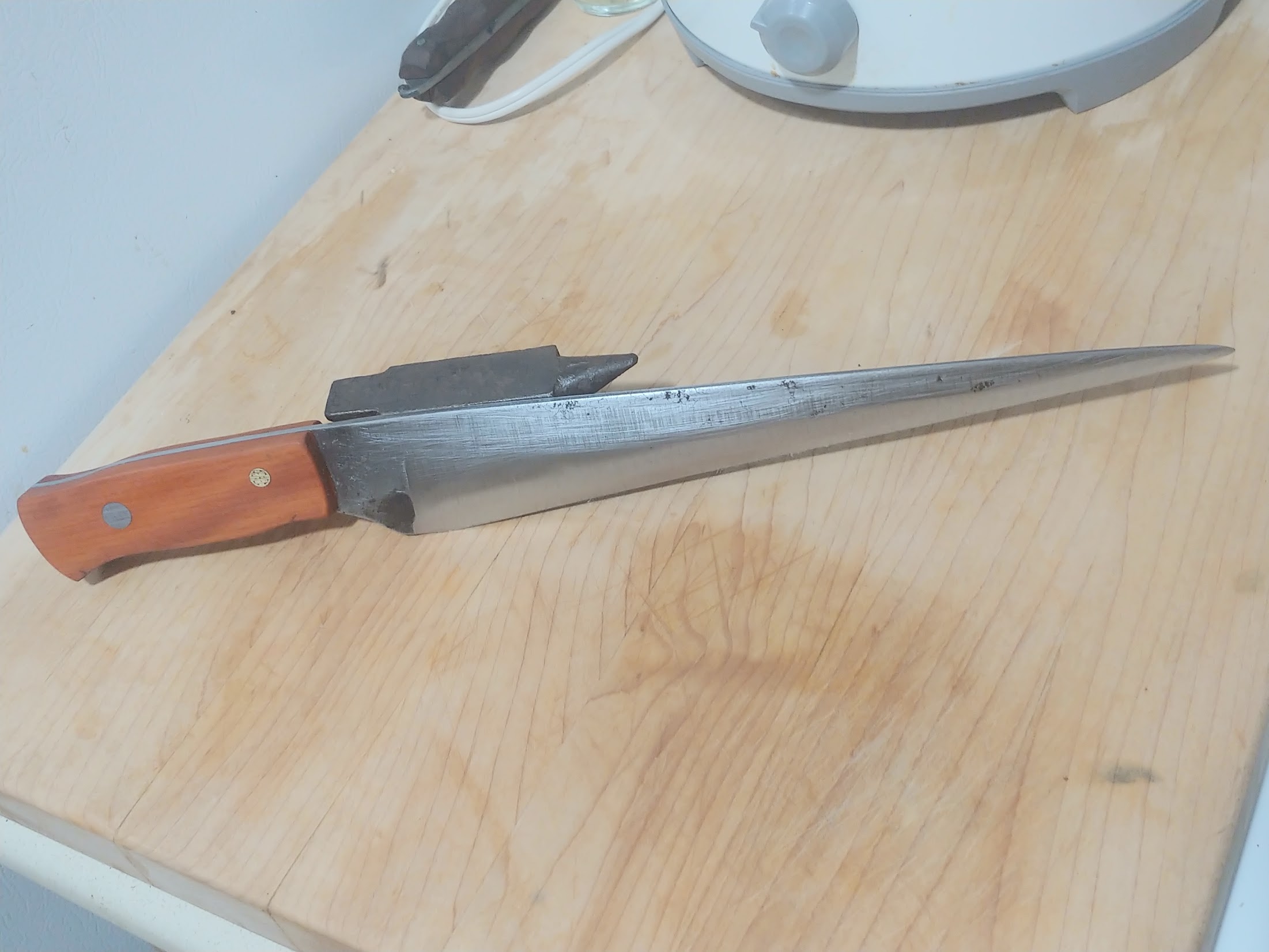

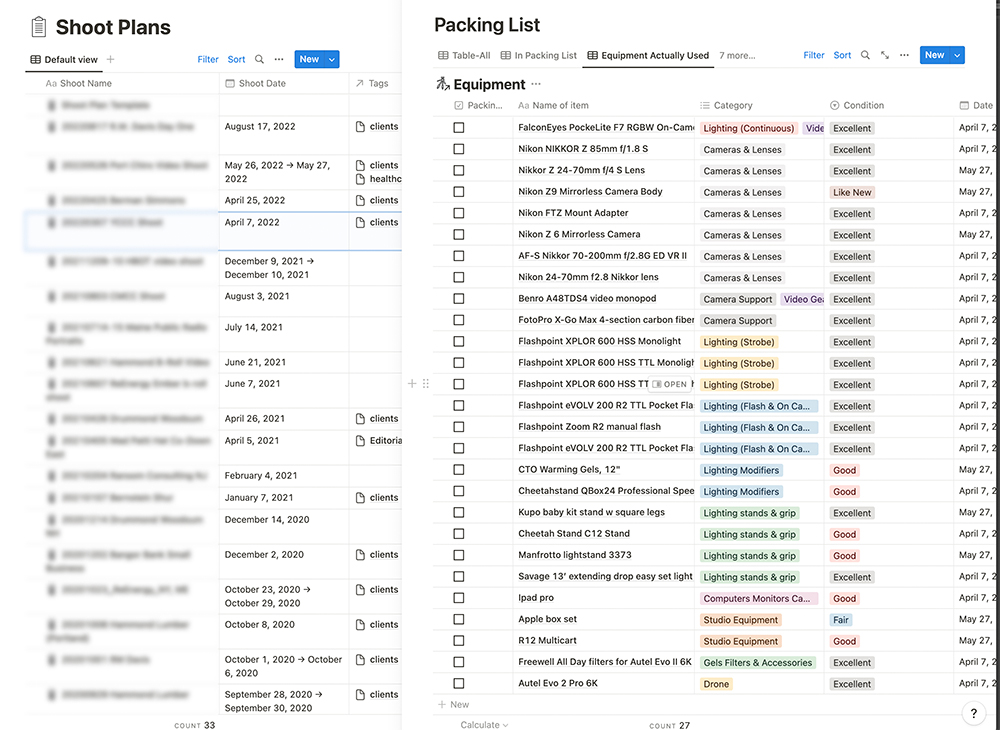
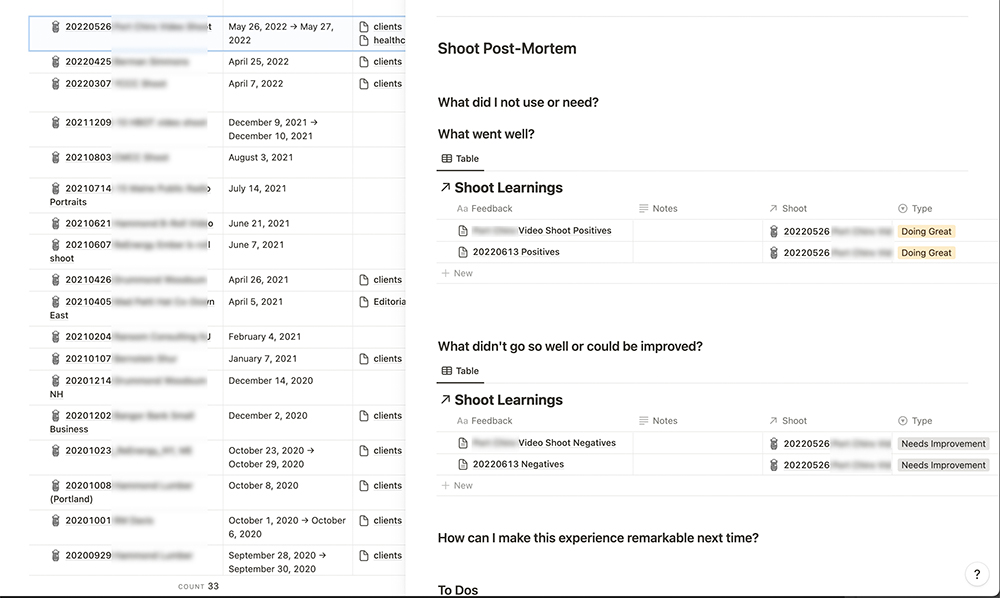
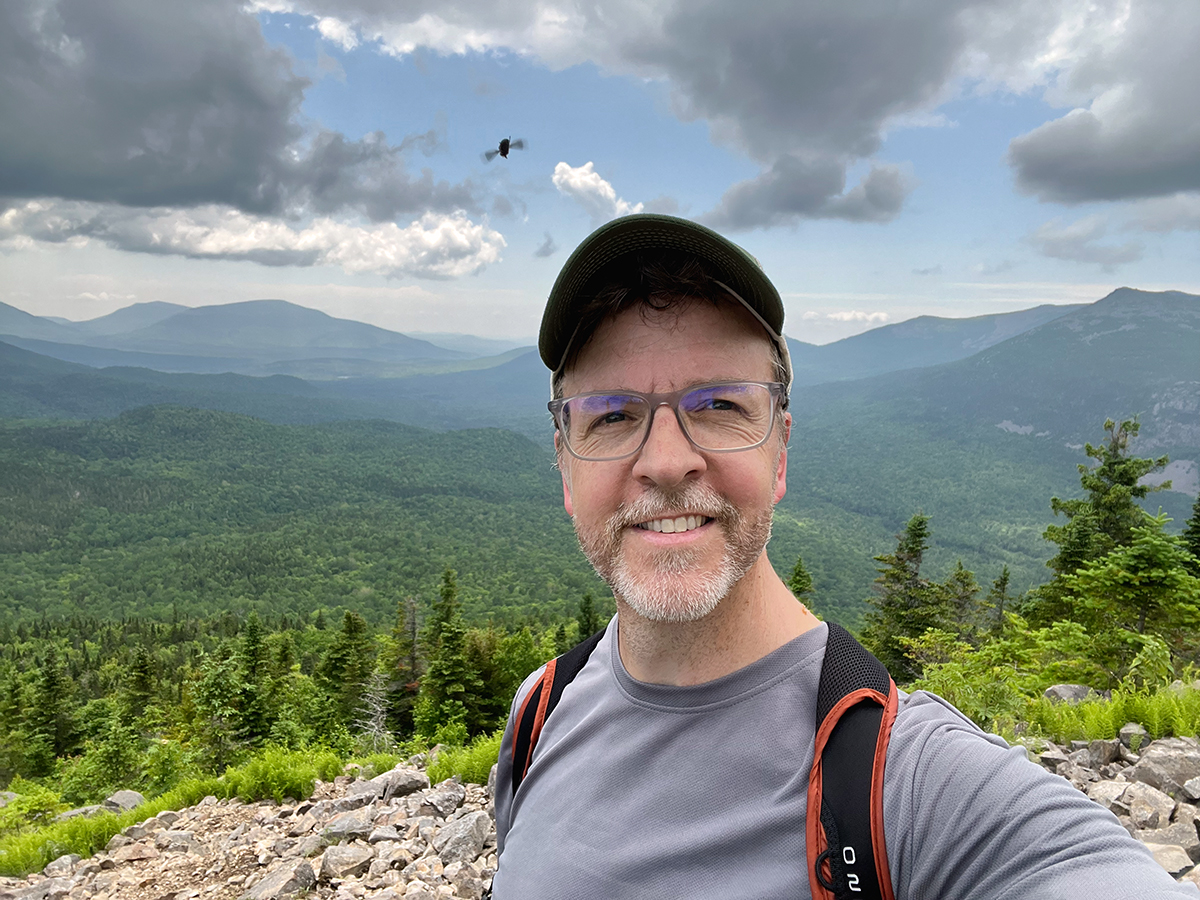



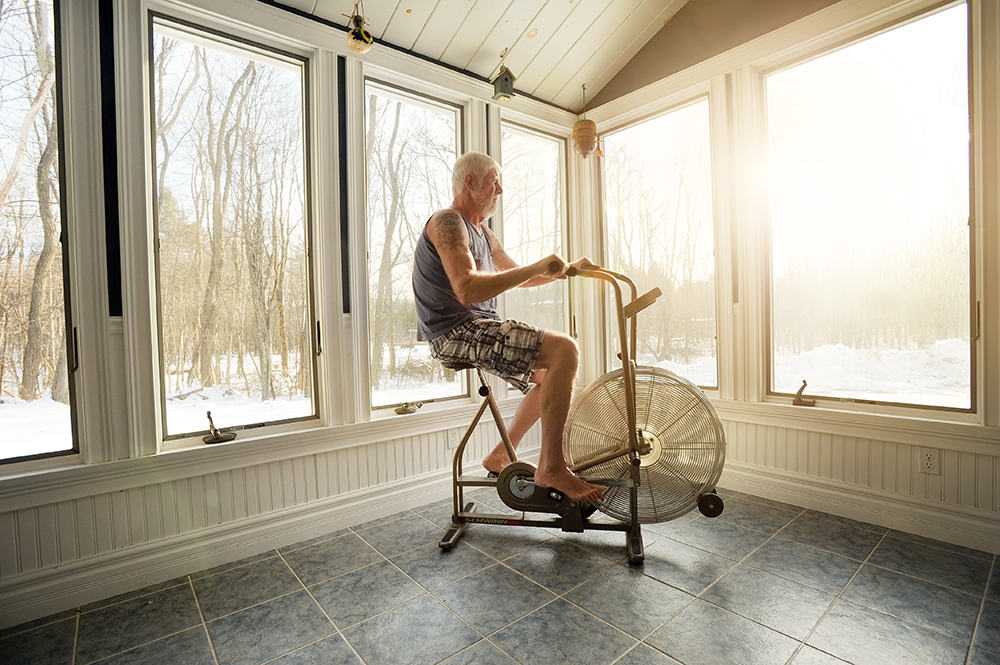
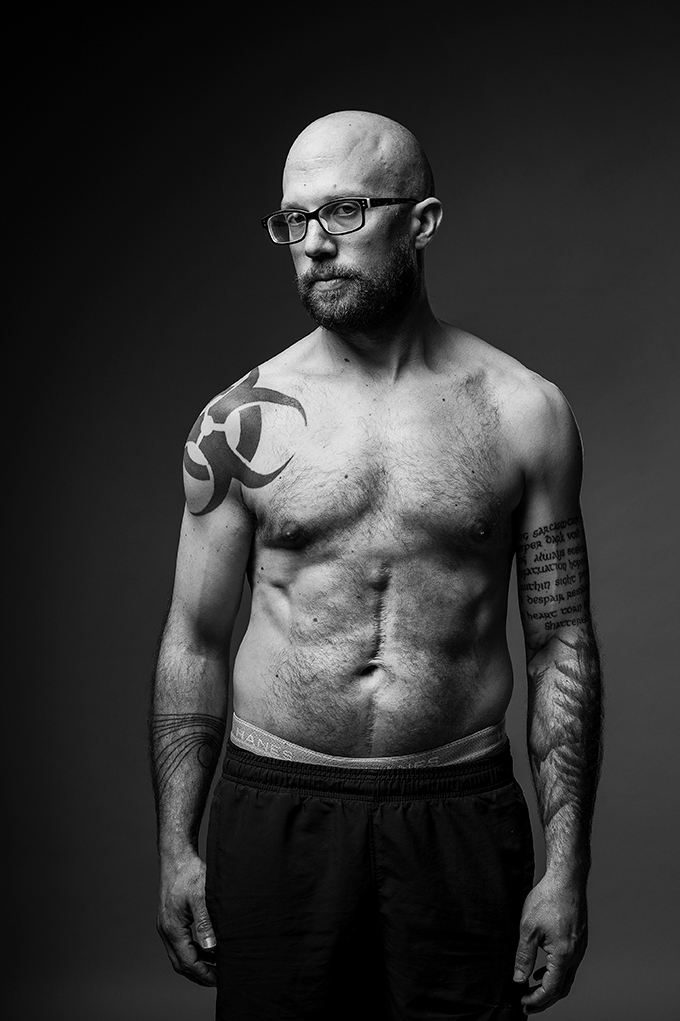
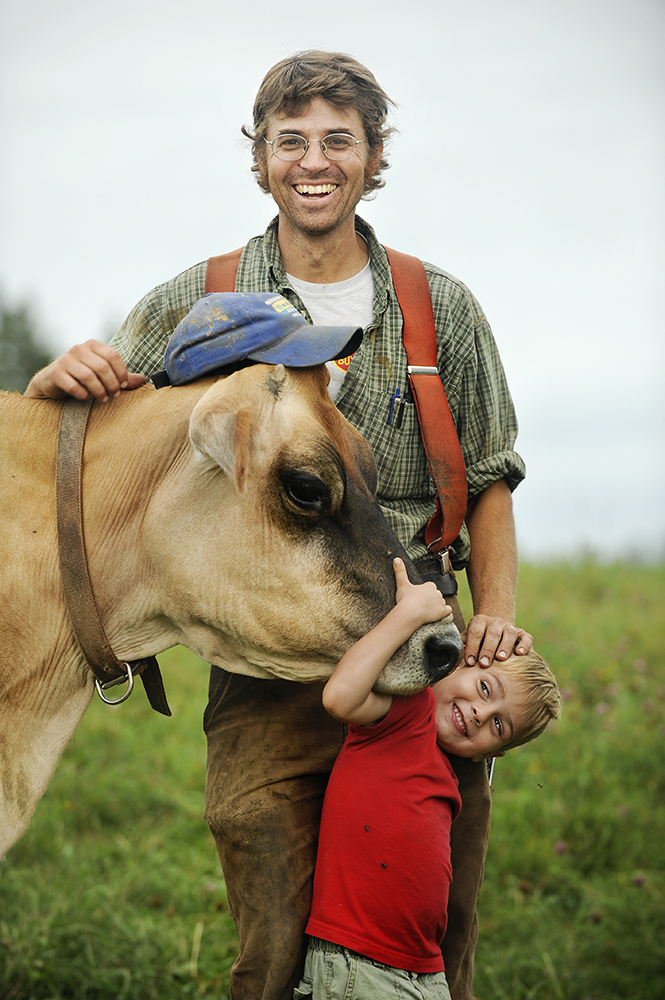
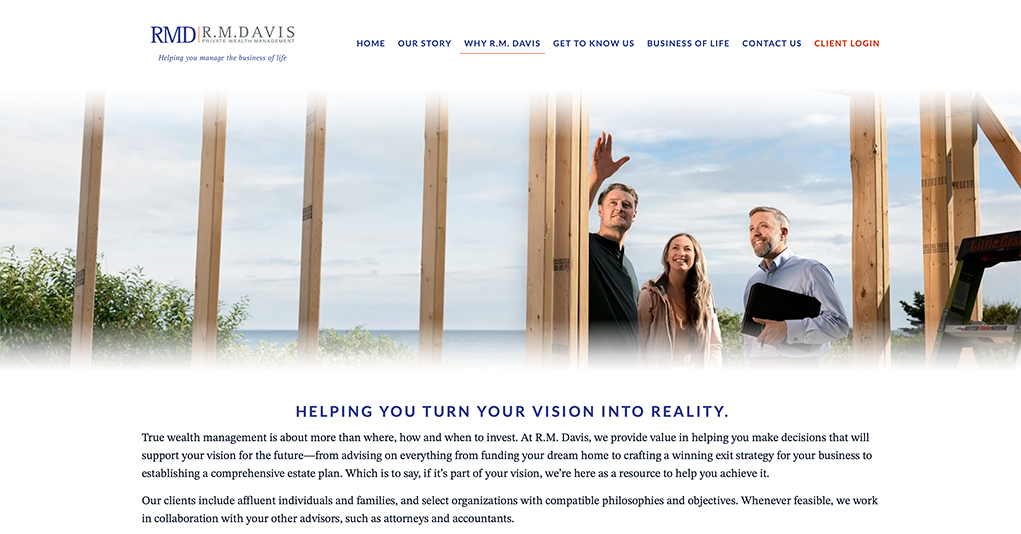
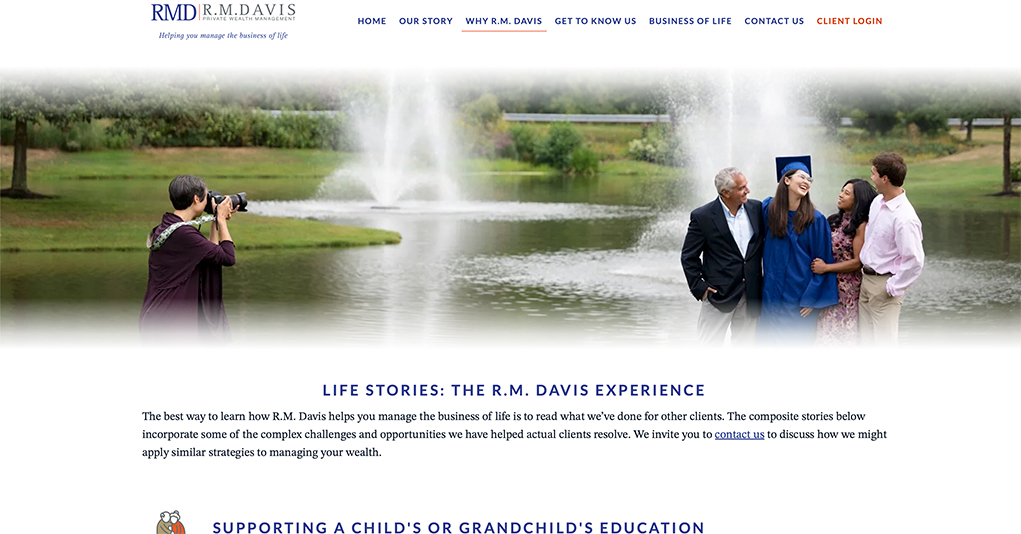
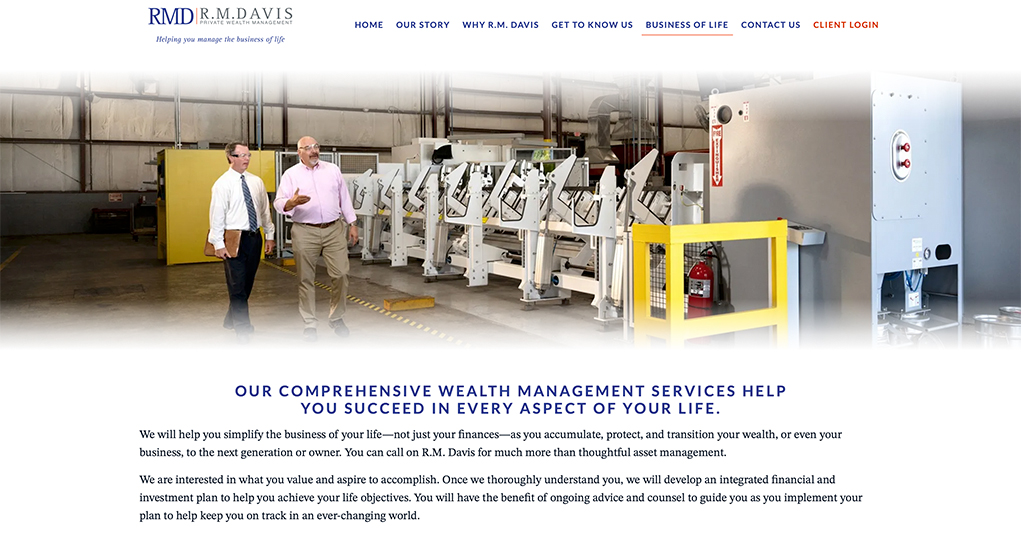
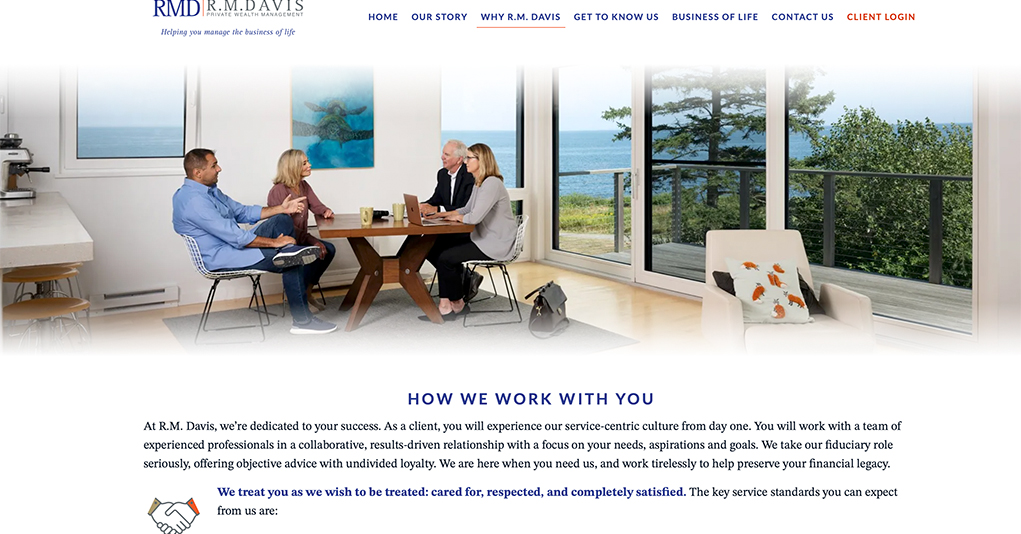
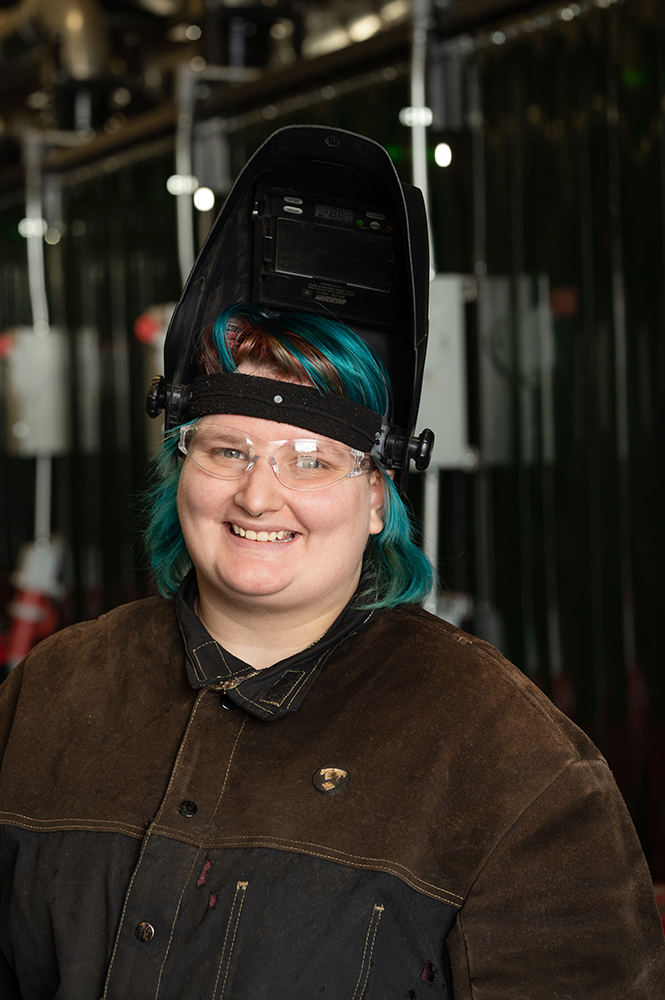
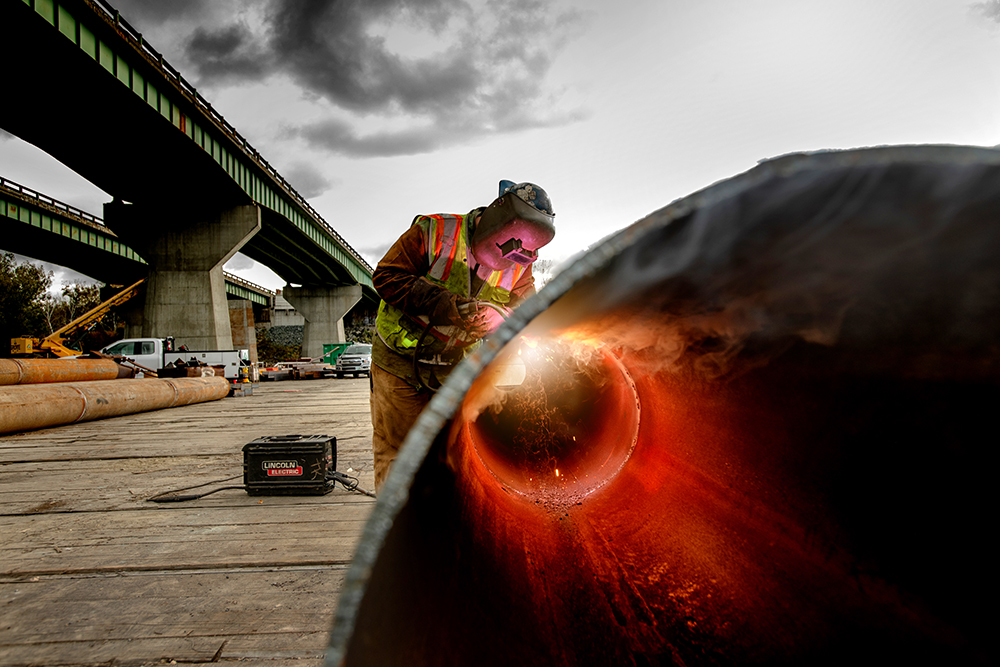
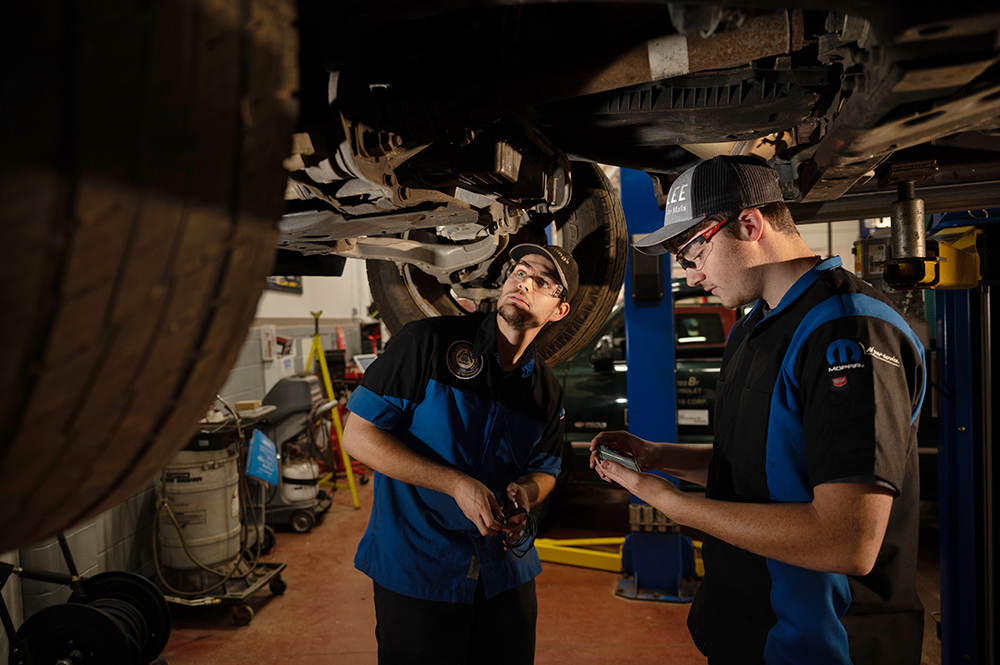

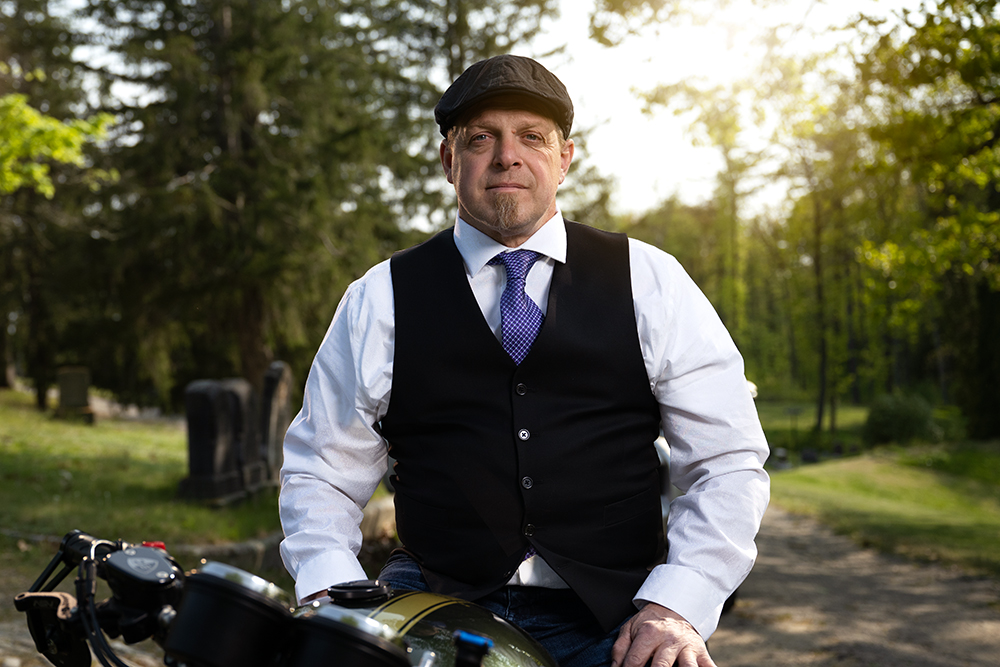 © Brian Fitzgerald
© Brian Fitzgerald